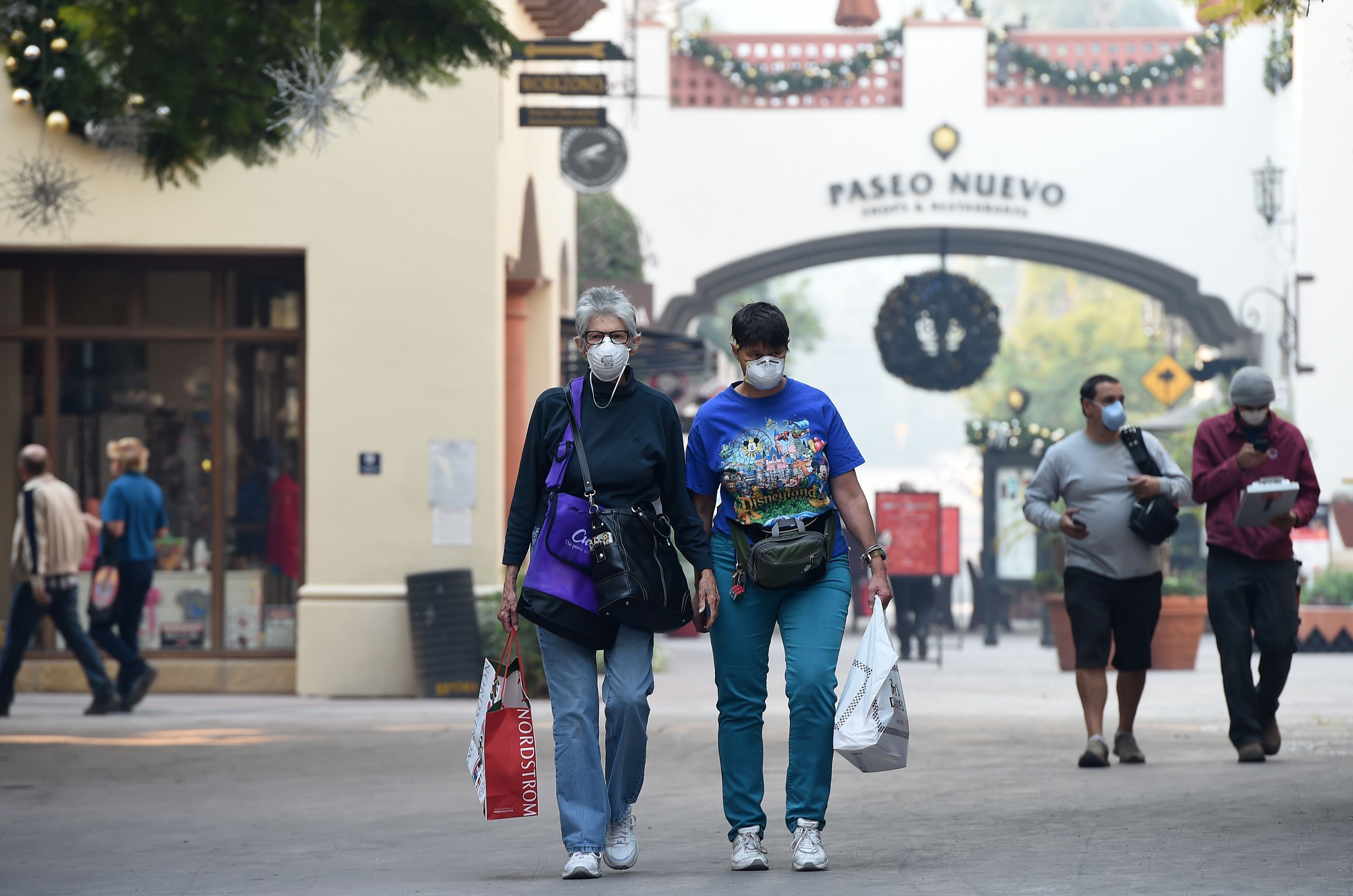Since California’s fourth-largest fire ignited last week along the state’s central coast, downwind cities have been covered in a pall of smudgy yellow smoke. As a result of the blaze, which was 30 percent contained as of Thursday evening, the air in Santa Barbara and Ventura counties has been incredibly ashy—enough so that one specialist at the National Weather Service’s Los Angeles/Oxnard station predicts it’s been lowering regional temperatures.
“Oh yeah, it reflects the radiation rays,” the NWS’s Stuart Seto tells Pacific Standard.
Smoke is made up of a combination of white particles, which reflect radiation, and black particles, which absorb it. Both types of particles keep heat from reaching the Earth. In fact, certain atmospheric particles are thought to be so effective at lowering the Earth’s temperatures that some folks have proposed one day putting them in the air deliberately, as a solution to global warming. However, more than 190 countries have signed onto a United Nations ban on such geoengineering, whose full effects are still unknown. (The United States was not among the signatories.)
Wildfire emissions are thought to have a variety of effects on weather. “That smoke can impact the dynamics in the atmosphere. It can potentially impact the way clouds are forming,” says Christine Wiedinmyer, a chemical engineer at the University of Colorado who worked on a 2012 study that showed ash from Idaho’s 2007 wildfires likely kept the ground cooler.

(Photo: Robyn Beck/AFP/Getty Images)
It’s difficult to say exactly how much colder California’s central coast is because of the Thomas Fire. Ash’s cooling effect depends much on its density, which shifts frequently with the wind. Here at Pacific Standard‘s headquarters in Santa Barbara, the days have felt unseasonably cool. That’s probably not only because of the smoke, Seto says, but also a result of the extremely low humidity in the region. (The low humidity has also helped the Thomas Fire spread quickly.)
Weather forecasting models don’t typically account for smoke unless it’s thicker and more widespread than it’s been here in Santa Barbara—for example, if there were a volcanic eruption, Seto says. Still, if the National Weather Service knows it’ll be quite smoky in a place, “we probably chop a few degrees off the predicted temperature,” he says.




